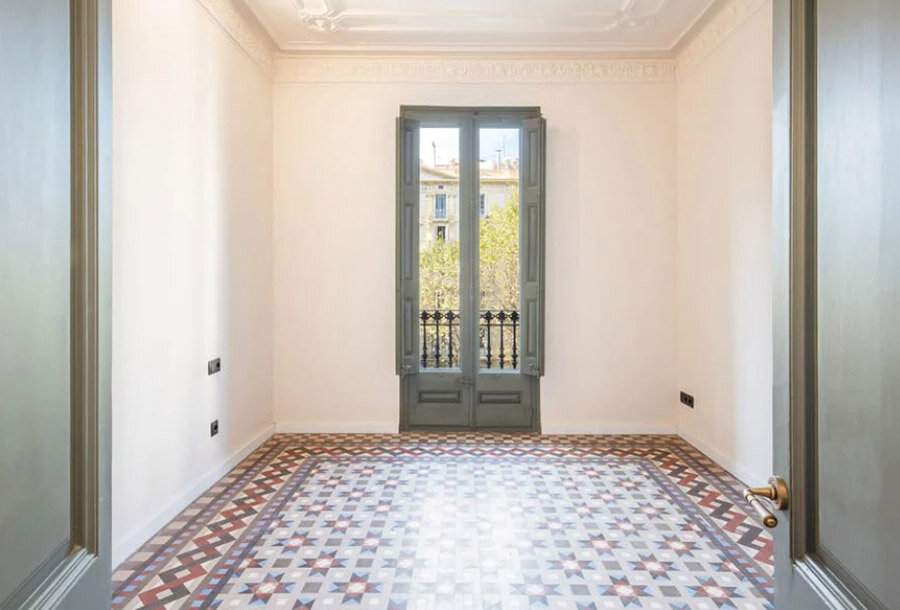читайте также
 Spain’s Real Estate: Record Prices and Falling Yields
Spain’s Real Estate: Record Prices and Falling Yields
 Fuel crisis at Seattle Airport: the Olympic Pipeline outage has disrupted supplies
Fuel crisis at Seattle Airport: the Olympic Pipeline outage has disrupted supplies
 European Hotel Construction Market Breaks Records: Upper Upscale Segment Reaches New Heights
European Hotel Construction Market Breaks Records: Upper Upscale Segment Reaches New Heights
 Middle East Hotel Construction Pipeline Hits Record High: 659 Projects and 163,816 Rooms Under Development
Middle East Hotel Construction Pipeline Hits Record High: 659 Projects and 163,816 Rooms Under Development
 New Rules for Greece’s Golden Visa: What Changes for Investors
New Rules for Greece’s Golden Visa: What Changes for Investors
 Holiday Travel 2025: Less Spending, More Generational Shifts — Deloitte’s New Forecast
Holiday Travel 2025: Less Spending, More Generational Shifts — Deloitte’s New Forecast
Around 4 Million Empty Homes in Spain: Government Tightens Tax Pressure

The share of long-term vacant homes in Spain has increased. According to a study by Fotocasa, 38% of such properties have remained unused for over five years. This figure has risen by 3% in the past year, despite high housing demand in many parts of the country.
Over the last six months, 31% of properties remained vacant, an increase of 6 percentage points. Homes vacant for 2-5 years accounted for 12%, 1-2 years for 11%, and up to a year for 8%. Official data show that only 3% of owners admit to having empty properties. Among them, 1% own just one home, 6% own two, and 26% own three or more. This means that a significant portion of the problem is concentrated among a small group of owners with large property portfolios.
Nearly 4 Million Empty Homes
According to Domoblock, there are around 3.83 million empty homes in Spain, representing 14.4% of the country’s entire housing stock. Almost half of these vacant properties are in towns with low rental activity. This severely limits their potential for sale or rental.
The Organisation for Economic Co-operation and Development (OECD) estimates that over 12% of Spain’s housing stock remains unoccupied, excluding holiday homes. This is one of the highest rates in Europe. For comparison, in Denmark, the UK, and the Netherlands, the proportion of vacant housing is less than 6%, indicating a more efficient use of housing resources and less structural imbalance between supply and demand.
Who Owns Empty Homes?
The typical owner profile of vacant housing highlights structural reasons: mostly men (53%), with an average age of 53. More than half fall into the 55–75 age group. These owners are typically from the middle or upper-middle classes. Nearly 69% live in a home they own, while 75% own two or more properties. About one-third live with a partner and children, 25% live alone, and another 23% live with a partner.
Geographically, the issue varies across regions:
- Andalusia has the highest share, with 2.5% of owners holding empty homes.
- Madrid follows at 2.1%.
- Valencia sits at 2.0%.
- Catalonia has the lowest rate, at just 1.7%, making it stand out against the national average.
Why Is This Happening?
Maria Matos, head of research at Fotocasa, emphasizes that bringing vacant homes back to the market is crucial because Spain has fewer available properties than most other European countries. However, this is no easy task—many vacant properties are in poor condition or require substantial renovation. Additionally, many of these homes are located in rural areas or small towns where demand is minimal, while housing shortages are most severe in major cities and tourist regions.
Tax Pressure on Owners
The Spanish government is attempting to tackle the problem through higher taxes. Owners of vacant properties must declare imputed income annually in their tax returns—typically 2% of the property’s cadastral value, or 1.1% if the cadastral value was updated in the last 10 years. This amount is included in the taxable income base (IRPF), even if the property generates no actual income.
Additional pressure comes from surcharges on the municipal property tax (IBI), which can reach up to 150%, depending on how long the property has been vacant and how many properties the owner holds. There are also administrative fines:
- Up to €1,500 for minor violations.
- 50–100% of unpaid taxes for serious cases.
- 100–150% of unpaid taxes for very serious violations.
Solutions for Owners
Experts recommend several strategies:
Renting out the property, which could offer tax deductions of up to €1,000, but comes with risks.
Selling the property, to avoid the financial burden.
Alternative uses, such as transferring the home to family members or converting it into social housing.
In the current climate, passive ownership of vacant properties is becoming increasingly costly and financially unviable.





